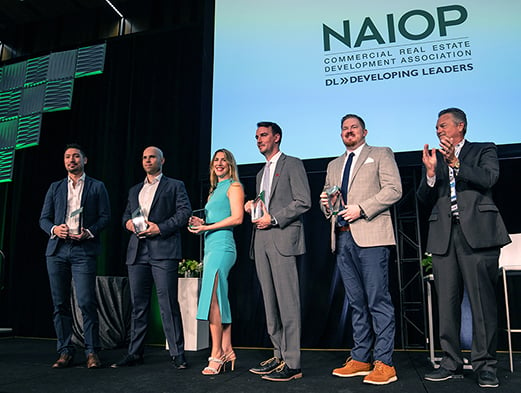The Charlotte Future 2040 Team is pleased to announce the release of the Annual Report Mid-Year Highlight video. This video showcases stories from their partners about progress toward implementing the Charlotte Future 2040 Comprehensive Plan. It serves to honor the hard work being done by various city and county departments.
The Mid-Year Highlight offers a snapshot of select projects and programs being implemented by their partners. Additional projects and programs will be featured in the upcoming Charlotte Future 2040 Annual Report. For more comprehensive information on the Annual Report, interested parties can visit the official website.
Viewers are encouraged to watch the Mid-Year Highlight video to learn more about how the City of Charlotte is honoring the vision for their beloved city and advancing the goals of the Charlotte Future 2040 Plan. The video can be accessed via a button provided in the original communication.












